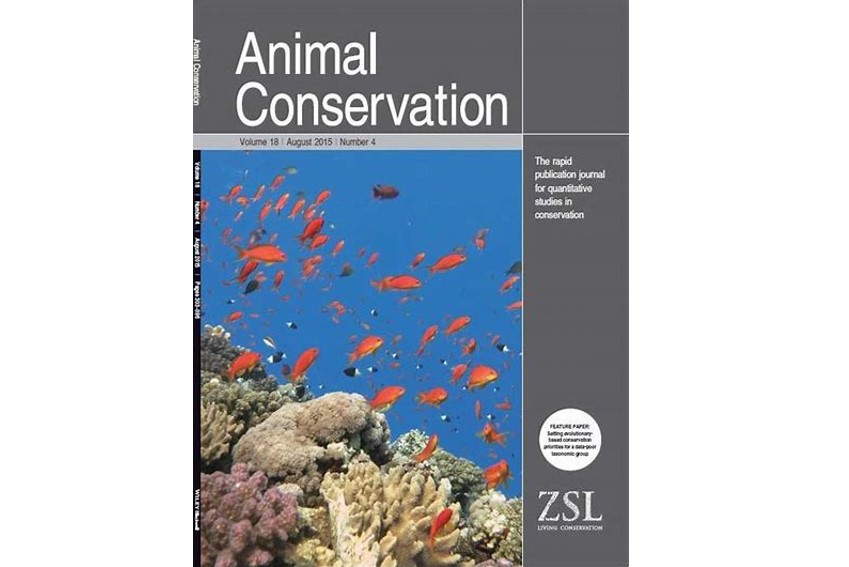Published in: Animal Conservation
Authors: Victoria R. Franks, Caitlin E. Andrews, John G. Ewen, Mhairi McCready, Kevin A. Parker and Rose Thorogood
Abstract:
Reintroductions, essential to many conservation programmes, disrupt both abiotic and social environments. Despite growing recognition that social connections in animals might alter survival (e.g. social transmission of foraging skills, or transmission of disease), there has thus far been little focus on the consequences of social disruption during reintroductions. Here we investigate if moving familiar social groups may help a threatened species to adjust to its new environment and increase postâ€release survival. For a reintroduction of 40 juvenile hihi Notiomystis cincta (a threatened New Zealand passerine), we observed social groups before and after translocation to a new site and used social network analysis to study three levels of social change: overall group structure, network associations and individual sociality. We also tested alternate translocation strategies where birds were kept temporarily in aviaries in either a familiar group, or where their prior association was mixed. Although social structure remained similar among juveniles that remained at the source site, we detected significant changes in translocated birds at both the group†and individual†level postâ€release. However, our holding treatments did not affect these social bonds so we remain unable to maintain or manipulate social groups during translocation. Crucially, there was a small tendency for translocated juveniles that gained more associates during reâ€assortment of social groups to be more likely to survive their first year postâ€release. We suggest that prior sociality may not be important during translocations, but rather individuals that are most able to adapt and form associations at a new site are most likely to be the surviving founders of reintroduced populations.
You can access the paper here.
